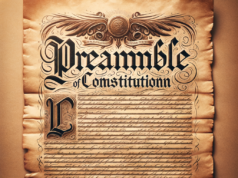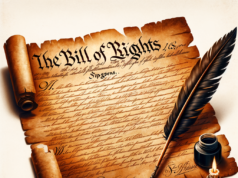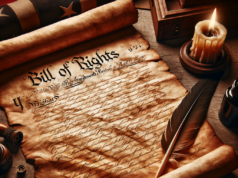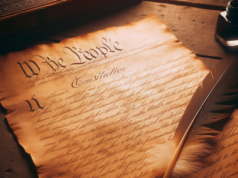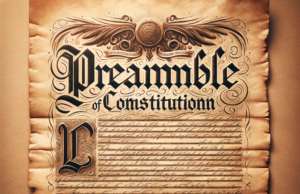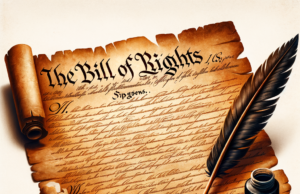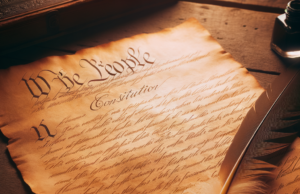Table of Contents
- 1 Understanding Voter Access: The Importance of Inclusive Electoral Participation
- 2 Historical Context: How Voter Access Barriers Have Evolved Over Time
- 3 Key Barriers to Voter Access: Identifying Systemic Challenges and Disparities
- 4 The Role of Legislation: Examining Recent Laws Impacting Voter Access Nationwide
- 5 Advocacy and Reform: Efforts to Eliminate Barriers and Enhance Voter Participation
- 6 The Future of Voter Access: Trends and Predictions for Upcoming Elections
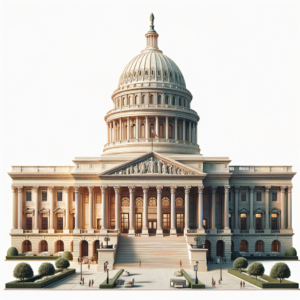
The debate surrounding voter access has intensified in recent years, revealing a complex web of barriers that hinder participation in the democratic process. As elections approach, the need for inclusive electoral participation has never been more critical. This article aims to unravel the shocking truth behind these barriers, exploring their historical context, identifying systemic challenges, examining recent legislative impacts, and highlighting advocacy efforts aimed at reform. By understanding the intricacies of voter access, we can better appreciate the ongoing struggle for equitable participation in democracy.
Understanding Voter Access: The Importance of Inclusive Electoral Participation
Voter access is a fundamental pillar of democracy, ensuring that every eligible citizen has the opportunity to participate in the electoral process. Inclusive electoral participation not only reflects the will of the people but also strengthens the legitimacy of democratic institutions. When barriers to voting exist, they disproportionately affect marginalized communities, leading to underrepresentation and a lack of accountability from elected officials. Ensuring that all citizens can easily access the ballot is essential for fostering civic engagement, promoting social equity, and building a more representative government that reflects the diverse perspectives and needs of the populace.
Historical Context: How Voter Access Barriers Have Evolved Over Time
The evolution of voter access barriers in the United States is a testament to the ongoing struggle for civil rights. From the Jim Crow laws that enforced racial segregation and disenfranchised African American voters to the Voting Rights Act of 1965, which aimed to eliminate discriminatory practices, the history of voter access is fraught with challenges. Over the decades, barriers have morphed, with tactics such as voter ID laws, purging of voter rolls, and gerrymandering emerging as modern-day obstacles. Understanding this historical context is crucial, as it highlights the persistent nature of these challenges and the need for continued vigilance in safeguarding the right to vote.
Key Barriers to Voter Access: Identifying Systemic Challenges and Disparities
Despite progress made in expanding voter access, significant barriers remain that disproportionately affect certain groups. Systemic challenges include restrictive voter ID laws, limited access to polling places, and inadequate resources for voter education. Additionally, socioeconomic disparities play a critical role, as individuals from low-income backgrounds often face obstacles such as transportation issues and lack of time off from work to vote. Language barriers and disability access further complicate the landscape, making it imperative to identify and address these disparities to ensure that all citizens can exercise their right to vote without hindrance.
The Role of Legislation: Examining Recent Laws Impacting Voter Access Nationwide
Recent legislative actions across the United States have had a profound impact on voter access, with some states enacting laws that enhance accessibility while others impose stricter regulations. For instance, states like California and New York have implemented measures to expand early voting and mail-in ballots, making it easier for citizens to participate. Conversely, states such as Georgia and Texas have passed laws that critics argue disproportionately affect minority voters by instituting strict ID requirements and limiting voting hours. This patchwork of legislation underscores the contentious nature of the voter access debate and the urgent need for comprehensive federal reforms to ensure uniform access across the nation.
Advocacy and Reform: Efforts to Eliminate Barriers and Enhance Voter Participation
Numerous advocacy groups and grassroots organizations are actively working to eliminate barriers to voter access and promote greater participation in the electoral process. Initiatives such as voter registration drives, educational campaigns, and legal challenges to discriminatory laws are crucial in raising awareness and mobilizing communities. Organizations like the American Civil Liberties Union (ACLU) and the League of Women Voters have been at the forefront of these efforts, pushing for reforms that protect voting rights and empower citizens. Additionally, collaborations between civil rights groups and policymakers are essential for crafting legislation that addresses the unique challenges faced by underrepresented populations, fostering a more inclusive democracy.
The Future of Voter Access: Trends and Predictions for Upcoming Elections
As the landscape of voter access continues to evolve, several trends are emerging that could shape the future of electoral participation. The increasing use of technology in voter registration and voting processes presents both opportunities and challenges, as digital access remains uneven across different demographics. Additionally, the growing awareness of systemic inequalities has spurred a renewed commitment to advocacy and reform, suggesting that public pressure may lead to more equitable voting laws. Looking ahead, it is likely that the debate over voter access will remain a central issue in upcoming elections, with ongoing efforts to dismantle barriers and promote inclusive participation becoming increasingly vital to the health of democracy.
The debate over voter access is far from settled, and the barriers that exist today are a reminder of the ongoing struggle for equitable participation in democracy. By understanding the historical context, identifying systemic challenges, and supporting advocacy efforts, we can work towards a future where every citizen has the opportunity to make their voice heard at the ballot box. As we approach the next election cycle, it is imperative that we remain vigilant and committed to ensuring that voter access is not just a privilege for some, but a right for all.




